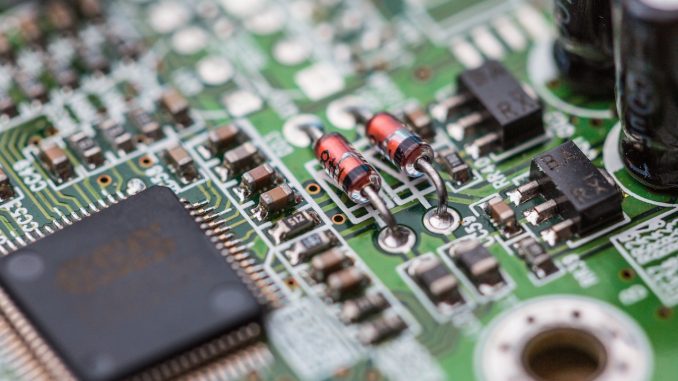
Residential buildings are often singled out as an important source of energy savings: they account for a quarter of Europe’s final energy consumption. Residential consumers, these big Boeotians of energy, are put in the front line to contribute to the necessary efforts.
Why not put so much emphasis on the industry, which also accounts for a quarter of final energy consumption? Does not it represent such a significant savings potential?
Here are some answers.
First of all, the industry is a territory that is often not open due to the need to protect productivity or confidentiality. More or less correctly, these reasons are invoked by industry to engage or not in energy efficiency approaches.
I note that this commitment is primarily a question of values and will of the leaders. The challenge of regulation, labels and certifications is also to make a question of interest: the movement is slow but progresses surely.
If the will of the leaders is not acquired, the manufacturer implements the minimum response to regulatory imperatives: the audits are conducted without interaction and some very punctual, isolated actions are conducted, without follow-up.
Otherwise, the second step is to gain the confidence of operational managers: maintenance staff, process designers and especially manufacturing. Directly responsible for the performance, their concern not to be disturbed in their daily life is legitimate.
Industrial buildings and their applications (lighting, ventilation, thermal) are a playground that they willingly abandon for energy efficiency actions. Service providers claim in that case to be experts in the industry, but they are actually not active in industrial processes.
A more generally accepted intrusive step is to conduct actions on the utilities of the process: industrial heat, compressed air, etc. It generally gives access to significant savings.
The ultimate step is to make the process more energy efficient. Combining production imperatives and environmental imperatives is the ultimate goal of industry 4.0 that many dream of.
Two types of action can then be envisaged: the replacement of machines or components, for example motors, which consume less energy and optimize the use of existing machines.
These actions are no longer limited in time: they can be performed continuously to achieve and sustain a leading energy performance. They are the field of expression of the true specialists of the energy efficiency in the industry. To be considered, they require conditions rarely met spontaneously, difficult and long to build for an external provider.
Subscribe to receive every quarter all articles of the blog: [sibwp_form id=2]



Leave a Reply